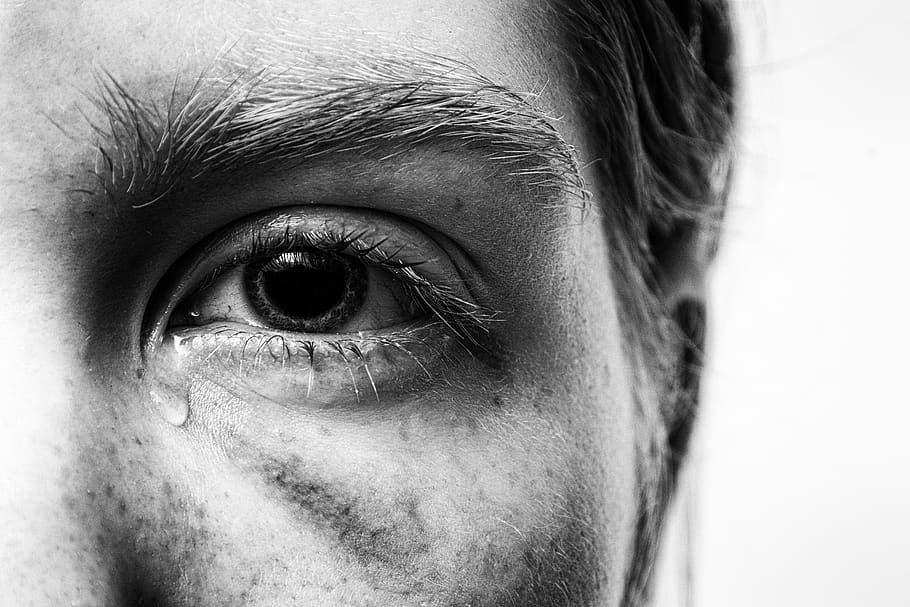Tears- the true emotion
Posted on September 14, 2023 • 4 minutes • 643 words
Hello dear readers!
Today, I chose to write on something completely different from the rest of the topics I have written so far. While I previously explored topics that were great questions, or those that had potential answers to such questions, today I stop. I stop exploring, I stop asking questions, I stop showing my strength, and my ego, and I stop acting smile. Today, dear readers, let’s just stop. Let us embrace something that gives relief, gives a moment of reflection, and that we humans alone triumph in. Let’s embrace tears.
It is rather strange that a simple evolutionary workaround for vision is a topic of great importance. The early organisms that lived in the ocean developed eyes to see better in water. As life progressed to land, by developing transparent layers on eyes, the eye still retained water. And this water in our eyes, we call them tears. In fact, tears are useful in many organisms, not more than to aid in vision. Humans alone in all known life forms could pour out tears. Although other organisms like crocodiles, camels, and apes are known to shed tears, it is only conclusively seen that humans can produce emotional tears. So, as we embrace our tears, let us also be proud to do so.
But are we proud? We often weep when our pride is shut down, and when we are at our weakest. And this is good. Crying is indeed a distress signal. A signal that the child gives to their parents to convey its need for their attention. The vocal signal of infants is perfect to grab care from any distance at any time. But the vocal signal also attracts the danger of predators. Therefore, as the child grows of age and learns to walk, the vocal signal slowly turns visual.
Although it is understood that a growing child needs to signal distress to its parents, it is fascinating that adult humans too signal tears. Tears must be beneficial for adult humans too and so, the behavior is not seized after childhood. The human social structure should have been so strong that tears did not display weakness but rather attracted help. This also couples with the fact that it is easier to release emotional tears near people who we think care about us.
Tears not only attract physical or emotional healing from peers but are also believed to be healing themselves. Unlike basal tears, emotional tears are found to have stress hormones, and it is believed that the body clears these hormones through tears. Crying is also said to release endorphins and oxytocin to make a person more relieved. Although these claims have limited scientific validity, tears impact at a much subtler level. Shedding tears, the very act to ask for help assumes a different psychological state that in itself provides relief. Holding onto something for too long and rivalling it alone is a completely different psychological approach than releasing it and seeking help. Psychologists like Freud called tears a “safety valve” to release emotions.
One might also wonder that if tears are a distress signal, why would they come even at extreme happiness? This is because the brain cannot differentiate any extreme emotion, and behaves similarly during these extreme cases. The human brain is so plastic that it does not even differentiate between physical and emotional pain, and this explains why tears have sustained into adulthood in humans, and not in other animals. Although many of these aspects of tears are worth embracing, the curious explorer holds authenticity as the dearest attribute of tears. While many other emotions can be faked, a tear is something truer. While a smile is an outcome of love, a tear is a hallmark of love and surrender. No wonder that greatness unfolds in every story only once a tear is shed (including the Gita).
